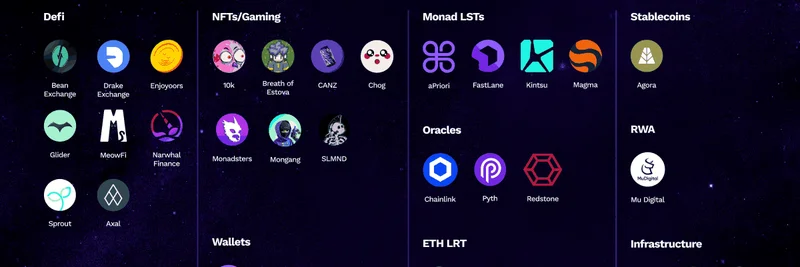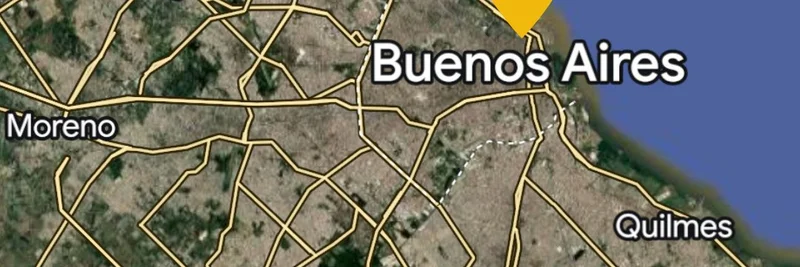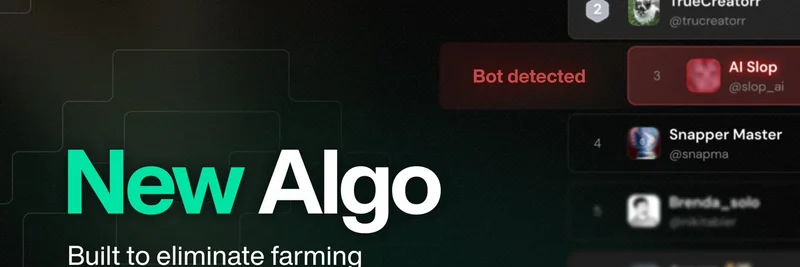TL;DR
- K1 is a token on the Base network with contract address
0xd500ce9f410f83d92e2b2aa00fa79d270e6d8d32. - Public information appears limited; treat it as a newly launched or niche/meme token until proven otherwise.
- Start with on-chain verification via BaseScan and check liquidity on Base DEXs like Uniswap V3 (Base) and Aerodrome.
- For trading dashboards and real-time on-chain signals, see K1’s page on GMGN.AI.
- Always do your own research (DYOR). Meme tokens can be highly volatile and risky.
What we know so far about K1
K1 (symbol: K1) lives on Base at 0xd500ce9f410f83d92e2b2aa00fa79d270e6d8d32. As of now, there’s no widely recognized official website, whitepaper, or verified listing connected to this specific address in commonly referenced public sources. That usually means one of the following:
- It’s very new and hasn’t been indexed broadly yet.
- It’s a niche or community-driven meme token.
- It’s a test or internal token with limited public presence.
None of the above is inherently good or bad—it simply means you should rely on on-chain data and cautious due diligence rather than marketing.
Quick refresher: What is Base?
Base is an Ethereum Layer 2 (L2) network built with the OP Stack from Optimism. Compared to Ethereum mainnet, Base offers:
- Lower fees and faster confirmations for everyday transactions.
- EVM compatibility, so most Ethereum tooling works out of the box.
- A developer-friendly environment that’s increasingly popular for meme and experimental tokens.
How to verify K1 on-chain
Start with the contract address: 0xd500ce9f410f83d92e2b2aa00fa79d270e6d8d32.
Contract overview (BaseScan)
- Go to BaseScan.
- Paste the K1 contract address into the search bar.
- Review:
- Contract verification status (is the source code verified?).
- Total supply and decimals.
- Holder count and top holder distribution.
- Recent transfers and interactions.
- Any links in the “Profile Summary” (website, socials) if the project added them.
Holder concentration
- On the “Holders” tab, check the percentage controlled by top wallets.
- Be cautious if a single wallet or a small group controls a large share, especially if any of those wallets are not a liquidity pool (LP) or a known contract.
Contract controls and taxes
- If source code is verified, look for functions related to:
- Ownership (is ownership renounced or still owned?).
- Trading restrictions (blacklists/whitelists).
- Transfer fees/taxes (buy/sell taxes).
- High taxes or modifiable fees can be a red flag for traders.
- If source code is verified, look for functions related to:
Liquidity status
- Identify the primary liquidity pool (usually on Uniswap V3 or Aerodrome).
- Check:
- LP size (larger, deeper pools generally reduce slippage).
- LP lock status and duration (unlocked LP can be pulled).
- Recent LP changes (big adds/removals can move price sharply).
Where to trade and track K1
If K1 has active liquidity, you’ll tend to find it on Base-native DEXs and tracking dashboards:
- Uniswap V3 (Base): https://app.uniswap.org/#/swap?chain=base
- Aerodrome: https://aerodrome.finance/
- GMGN.AI K1 page (charts, flows, security checks, trading tools): https://gmgn.ai/base/token/fV1R5sZ5_0xd500ce9f410f83d92e2b2aa00fa79d270e6d8d32
Tip: When in doubt, paste the exact contract address 0xd500ce9f410f83d92e2b2aa00fa79d270e6d8d32 into DEX interfaces and dashboards to avoid fake tickers or spoofed tokens.
How to buy K1 on Base (step-by-step)
Fund your wallet on Base
- Add Base to your wallet (most wallets now support it natively).
- Bridge ETH to Base using the official Base Bridge or deposit via Coinbase with Base as the destination network.
Select your DEX
- Open Uniswap V3 (Base) or Aerodrome.
- Import the K1 token by pasting the contract address
0xd500ce9f410f83d92e2b2aa00fa79d270e6d8d32.
Review slippage and fees
- Meme tokens can be volatile. Start with small sizes and adjust slippage cautiously.
- Double-check for any transfer taxes or trading restrictions.
Execute and verify
- Confirm the swap in your wallet.
- Verify the received K1 amount matches your expectations after fees.
Risk checklist for meme tokens
- Contract verification: Prefer verified source code on BaseScan.
- Ownership status: Renounced or controlled? If controlled, what functions can the owner change?
- Taxes: Buy/sell/transfer taxes should match what the community claims.
- Blacklists/whitelists: Beware of restrictive lists that can block selling.
- Liquidity: Is the LP locked, and for how long? What is the depth?
- Holder concentration: Watch for whales or deployer-linked wallets holding large percentages.
- Community and communication: Legit projects tend to maintain active channels and timely updates.
Useful links
- BaseScan (enter contract address): https://basescan.org/
- K1 contract address:
0xd500ce9f410f83d92e2b2aa00fa79d270e6d8d32 - Uniswap V3 on Base: https://app.uniswap.org/#/swap?chain=base
- Aerodrome: https://aerodrome.finance/
- Base Bridge: https://bridge.base.org/
- GMGN.AI K1 dashboard: https://gmgn.ai/base/token/fV1R5sZ5_0xd500ce9f410f83d92e2b2aa00fa79d270e6d8d32
Final thoughts
K1 on Base appears to be early-stage or under-the-radar. That’s common in the meme token arena, where projects can go from quiet to viral overnight—or disappear just as fast. Prioritize on-chain verification, keep position sizes reasonable, and use reputable tools and DEXs to reduce avoidable risks. This article is informational and not financial advice.




